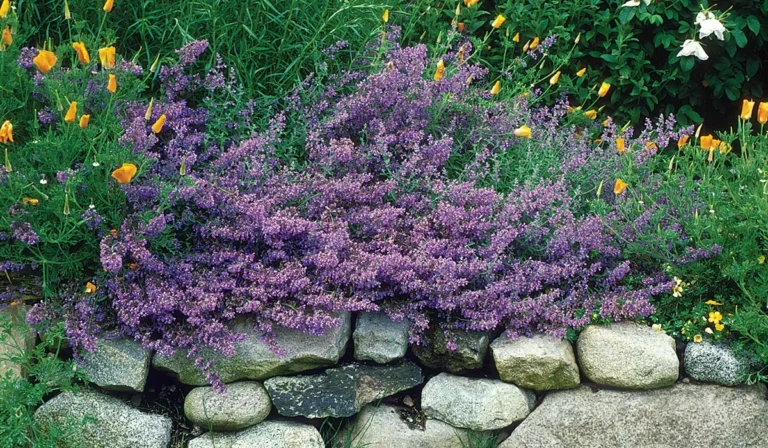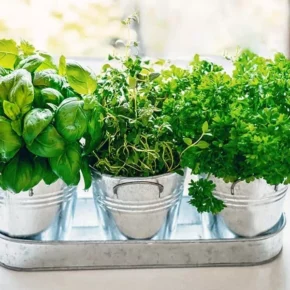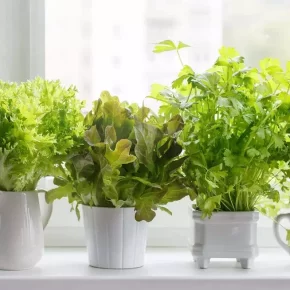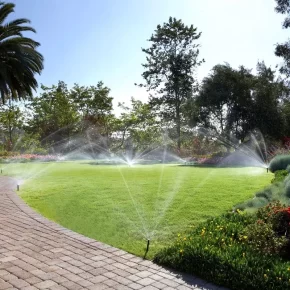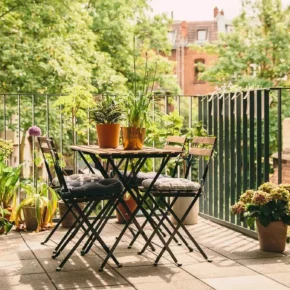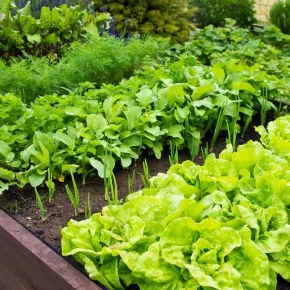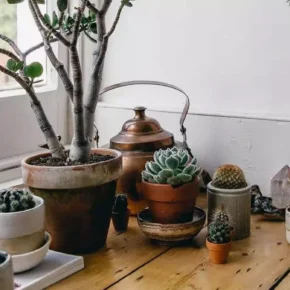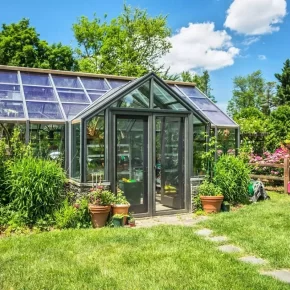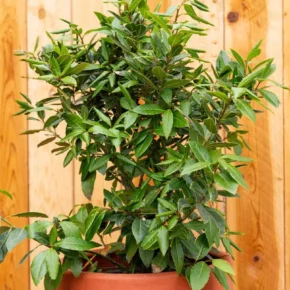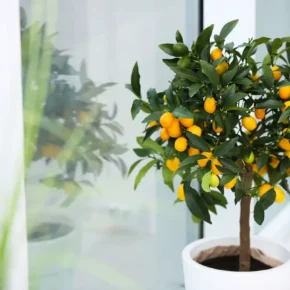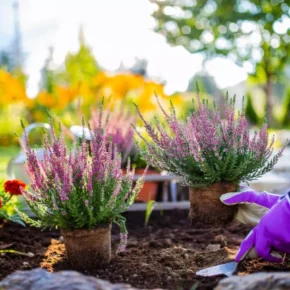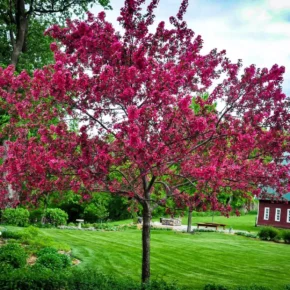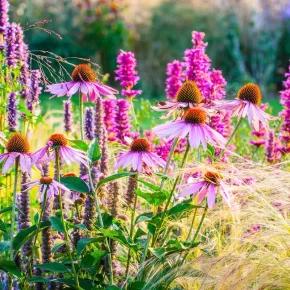Decorative herbs can turn any garden into an oasis of beauty and peace. Not only do these plants add a natural look and texture, but they also adapt easily to different conditions, are low-maintenance and complement other plantings beautifully.
1. Selection of decorative herbs for the garden
When it comes to choosing herbs, it’s important to consider climate, soil type, and garden style. Here are some popular ornamental grasses that are great for any landscape:
- Miscanthus is a tall herb with showy inflorescences that add a vertical accent and look great along paths or as a solitary plant.
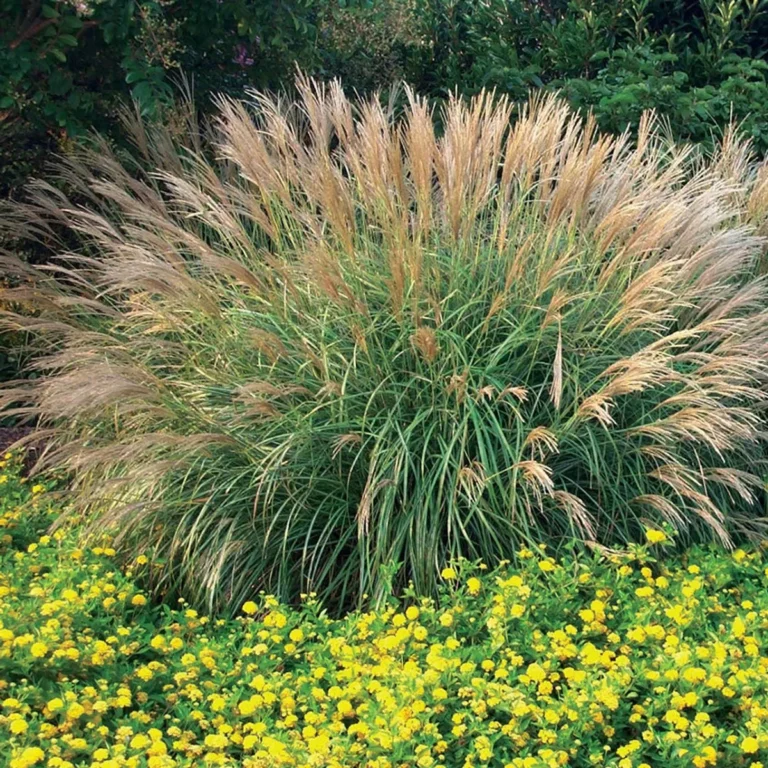
- Fescue (fescue) – compact and dense, with blue-green shades, ideal for alpine slides or borders.
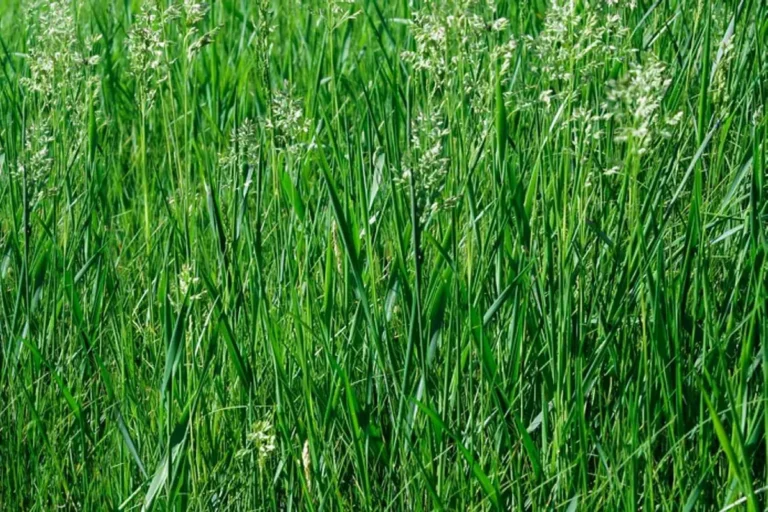
- Kostrytsia is very resistant to drought, suitable for planting in sunny areas.
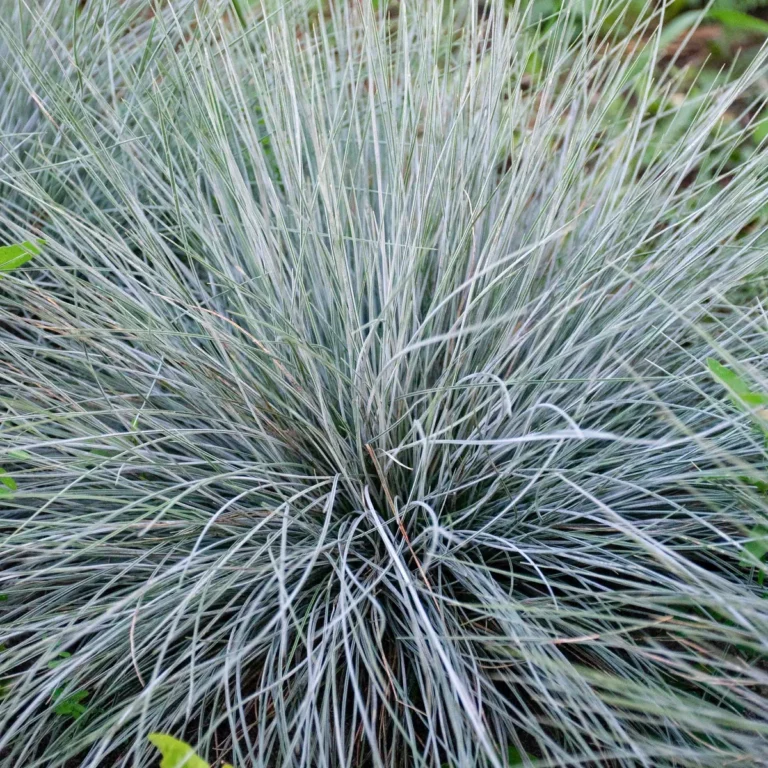
- Panicum is a lush grass with silver-green leaves and purple spikes that adds texture and color to flower beds.
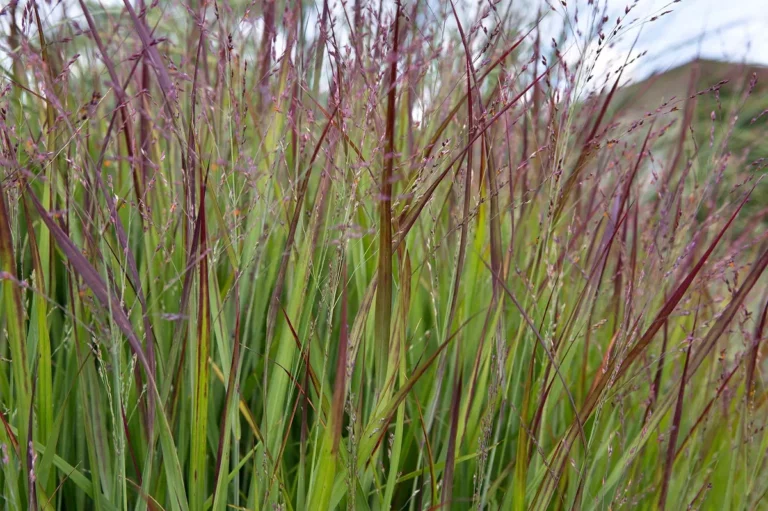
2. Choosing a place for decorative herbs
Ornamental grasses are generally undemanding, but for optimal growth, it is necessary to choose a suitable place:
- Light : Most ornamental grasses grow best in sunny areas, but some species, such as Japanese reed, can grow in partial shade.
- Soil : Well-drained soil is best. Light, sandy soils are suitable for drought-tolerant plants.
- Moisture : Ornamental grasses are generally drought tolerant, but some, such as reeds or sedges, prefer moist soils.
3. Cultivation and care of decorative herbs
- Watering : Ornamental grasses do not need frequent watering, especially mature plants. Water them only during extreme heat or drought.
- Pruning : Dry stems should be pruned in early spring to stimulate new growth and maintain a tidy appearance. Some herbs, like miscanthus, are best cut in the fall.
- Fertilization : For the most part, grasses do not need additional fertilizers. If the soil is very poor, add compost or a light top dressing in the spring.
4. Use of decorative herbs in landscape design
Decorative herbs add lightness and naturalness to the garden. They look especially attractive in the following compositions:
- Mixborders : Create a combination of ornamental herbs with flowering plants such as lavender, sage or echinacea to create the effect of permanent blooms.
- Solitaires : Large grasses such as miscanthus or reeds can be used as accent plants in the center of a flower bed or along paths.
- Hedges and Borders : Low-growing species such as sedge or fescue are great for walkways or flowerbed borders.
- Vertical accents : Tall ornamental grasses add structure to the garden, forming interesting silhouettes and protecting the site from the wind.
5. Advantages of decorative herbs
Decorative herbs are not only aesthetically attractive, but also very practical:
- Unpretentiousness : Most species do not require constant care and special conditions.
- Drought resistance : Ideal for areas where it is difficult to maintain moist soil.
- Texture and movement : With the texture of leaves and flowers, grasses add movement and dynamics, especially on windy days.
- Multifunctionality : Grasses can be both decorative and functional, creating hedges or protecting other plants from the wind.
6. Preparation for winter
Some ornamental grasses should be cut before winter, while others should be left to decorate the winter landscape. For example, miscanthus can maintain an attractive appearance even under snow.
Tip: If you are growing frost-sensitive species, such as some types of sedge, prepare a shelter or move them to a cooler location (if they are grown in containers).
Ornamental grasses make a great addition to any garden, adding natural beauty and a relaxed atmosphere. They will help create a variety of garden compositions, providing your landscape with visually attractive elements that do not require excessive maintenance.

